Describe the Process for Cooling Food Quickly and Safely
Stir the soup to release heat and aid cooling. Check temperature of food with accurate calibrated thermometer within 2 hours to ensure first phase of cooling has been achieved.
Preventing Foodborne Illness Food Safety Sanitation And Personal Hygiene
Place the kettle of hot food into the ice bath.

. Cool food from 70F to 41F 21C to 5C in four hours. Cooling process of each food item. Ice and water draw heat away far more efficiently than.
Stir the food frequently for even cooling and to allow hot air to escape. Cooling methods Cool food rapidly using one or more of the following cooling methods. Use ice water bath An ice water bath is effective for cooling soups.
Gravies sauces soups and stews should be transferred to a shallow pan ideally a metal container for quick heat transfer. Use a variety of methods for cooling foods especially for larger portions. Stir the food to.
Reduce thickness of foods by placing in shallow pans or cutting into pieces. Cool food from 135F to 70F 57C to 21C in two hours. Use an ice water bath to cool containers of heated food.
Stirring helps food. Cooked foods can be held at room temperature for two hoursjust like in the cooling process. Sadly even cooling foods improperly leads to bacteria and.
Spread food out on a tray eg. Cooling and reheating food SAFE FOOD AUSTRALIA InfoBite Tips for cooling food quickly divide food into smaller portions in shallow containers to cool being careful not to contaminate the food as you do this use rapid-cooling equipment eg. Place food in shallow pans Separate food into smaller or thinner portions Place containers in an ice water bath and stir frequently Use metal containers Add ice as an ingredient Use rapid cooling equipment such as blast chillers.
In the two-stage cooling method food must be cooled from 140 F to 70 F within two hours and to 41 F or lower within four hours. A colder area eg. Place the kettle of soup into the ice bath.
If you have a. Fill a large container or clean sink with ice and a small amount of water. Use rapid-cooling equipment eg.
Place food in a blast chiller or a tumble chiller. Stir the food with an ice paddle. Transfer the food to pre-cooled containers from the refrigerator or freezer.
This entire cooling process is often called the two-stage cooling process. Temperature Requirements for Cooling Food. The temperature range of 41 degrees to 135 degrees is considered the danger zone.
2 Keep the air flowing. Some food workers learn it like this. This method helps decrease the food temperature quickly and safely.
Stir food regularly while it is. Data collectors also recorded whether workers monitored the temperatures of the cooling foods during the observation period and took temperatures of cooling food at the beginning and at the. Approved and efficient ways to cool food include.
Blast or tumble chillers blast or tumble chillers can be used to quickly reduce the temperature of large amounts of food or thick food such as. 1Use ice water bath An ice water bath is effective for cooling. On the other hand.
Food that is left out hours on end at these temperatures runs the risk of doubling their bacteria every 10-20 minutes. Food stirred with these paddles will cool quicky. More quickly in a colder place.
If youre having a picnic or barbecues outside in temperatures above 90F 32C safely store leftovers within 1 hour to prevent bacterial contamination. Ice-water bath and frequently stirring the food. The pan should then be placed in an ice bath or within a bowl of cold water.
A blast chiller stir liquid foods such as gravy often using a clean and sanitised utensil use water or ice water. Try to have a fan on or a window open. This method helps decrease the food temperature quickly and safely.
Food will chill. Tips for cooling food quickly divide food into smaller portions in shallow containers to cool being careful not to contaminate the food as you do. A blast chiller stir liquid foods such as gravy often using a clean and sanitised utensil.
Ice paddles plastic container filled with water and frozen used to stir food in an ice-water bath. Cool TCS food from 135F to 41F 57C to 5C or lower within 6 hours. The food must absolutely get from 140 to 70 degrees in two hours and must be cooled from 70 to 40 degrees in no more than four.
Stir food several times with proper utensil or use an ice paddle. Fill a large container or clean sink with ice and a small amount of water. This will help stir the air and move the hot air away from the cooling food.
Place food in ice-water baths and stir regularly. Cover hot food and move it to. Thus the denominators for the observation data vary and are described in the Results section.
This is the temperature range in which bacteria growth happens the fastest. Add ice as an ingredient. Food out will help it cool more quickly.
DO NOT COVER pans while food is hot. Food must pass through this temperature range quickly to reduce this growth. Ice water baths place containers of hot food in a clean prep sink or large pot filled with ice water.
Breaking up cooling guidelines into two stages can make them easier to remember. If food will not reach 7021C or below within 2 hours. Jul 17 2019 Knowledge Article The two-stage cooling method is a Food and Drug Administration Food Code recommended procedure for cooling food in restaurants and foodservice establishments.
This promotes faster and more even cooling. Room-temp leftovers older than 2 hours should be thrown out. Stir food frequently to cool it faster and more evenly.
Methods for cooling food. If either step takes too long the food is unsafe and must be thrown. Pathogens grow well in the temperature danger zone and grow even faster between 125F and 70F 52C and 21C.
Reheat previously cooked potentially hazardous food to an internal temperature of 165F 74C for fifteen seconds within two hours. After 30-45 minutes place food in refrigerator on upper shelves and away from doors. Once the food has reached 40F 4C it is safe to be stored in the fridgefreezer.
Preventing Foodborne Illness Food Safety Sanitation And Personal Hygiene
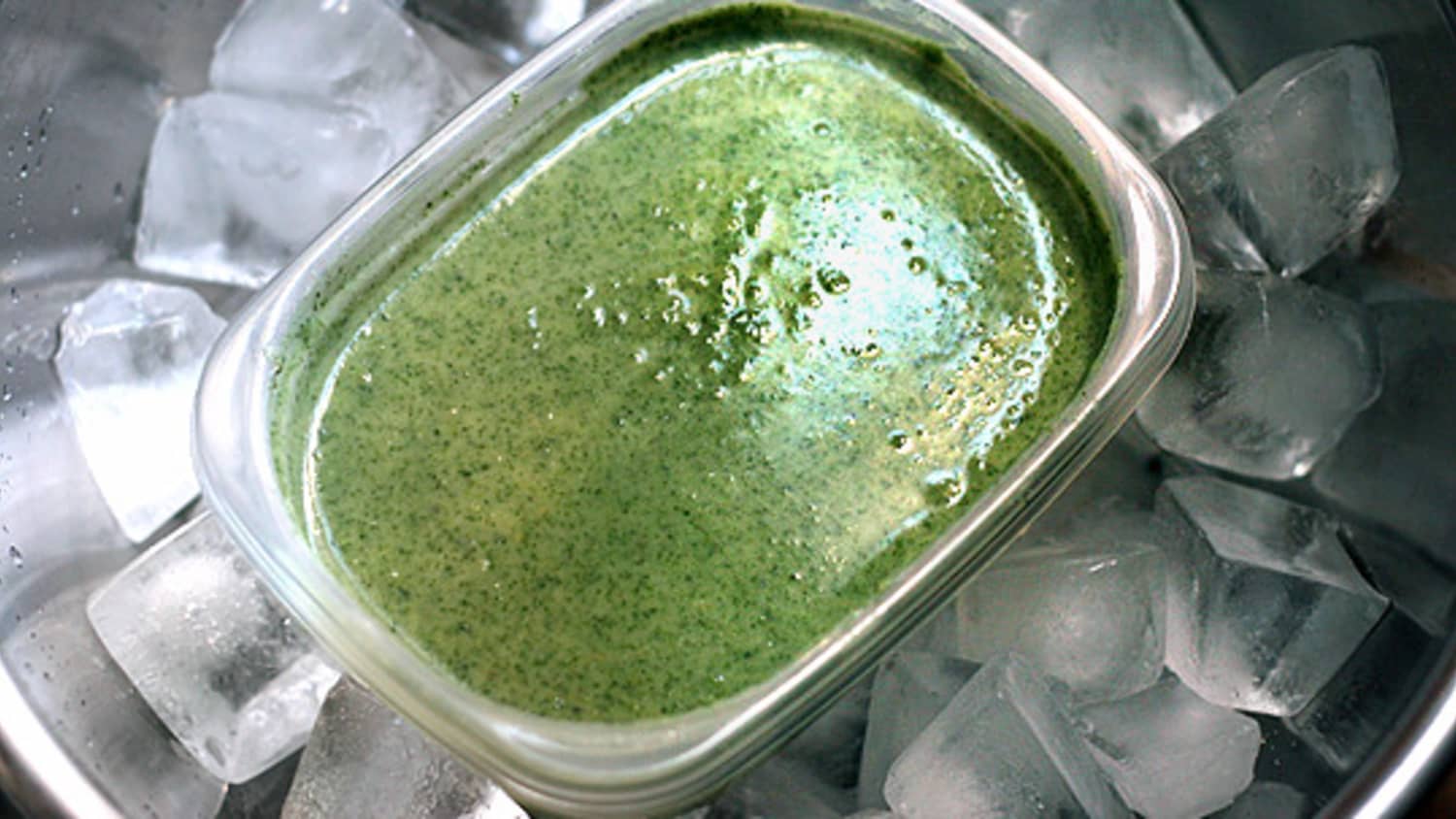
Food Safety How To Use Ice Baths To Cool Food Quickly Kitchn

Stand Up Training Cooling Food Safely
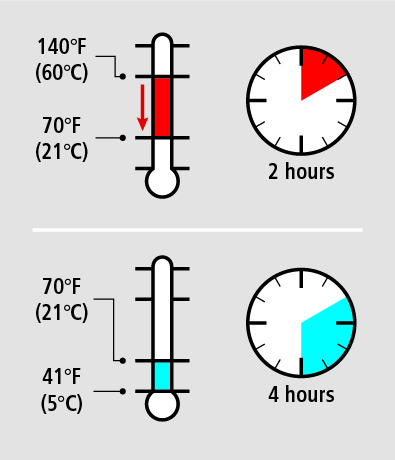
Through The Temperature Danger Zone On Cooling And Heating For Food Safety
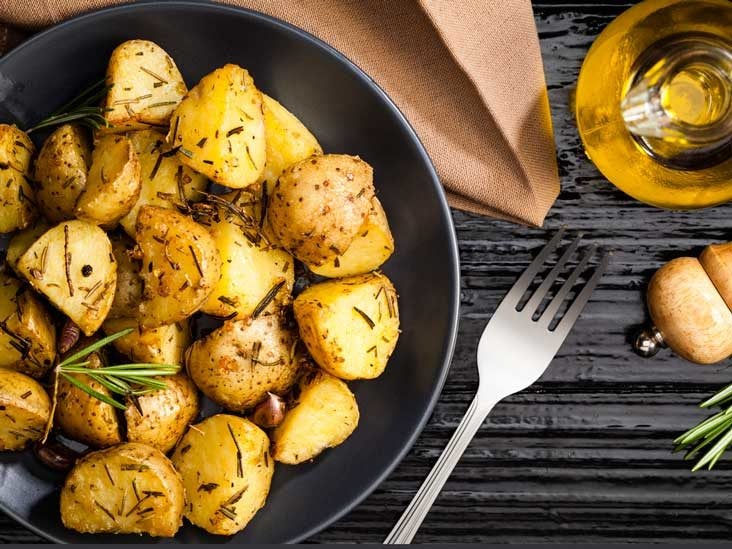
Cooling Some Foods After Cooking Increases Their Resistant Starch
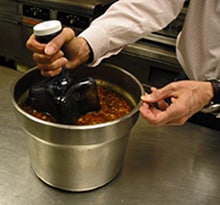
Food Cooling Practice Improvements Ehs Net Ehs Cdc

Stand Up Training Cooling Food Safely
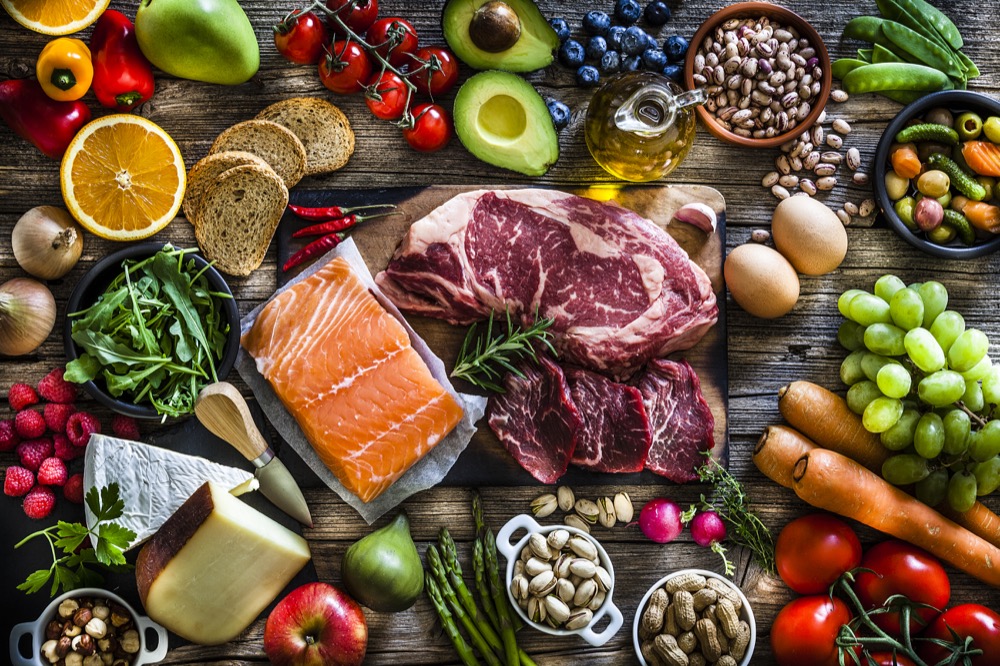
What Is Time Temperature Control For Safety Tcs
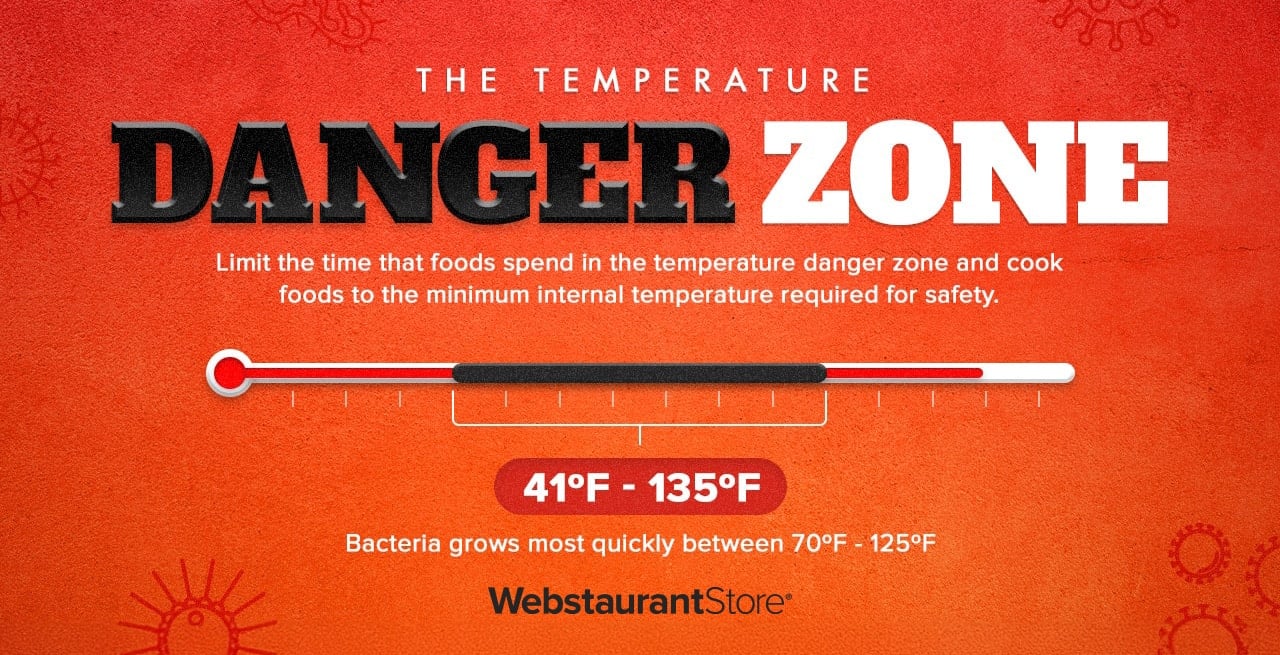
Temperature Danger Zone Safe Food Temperatures
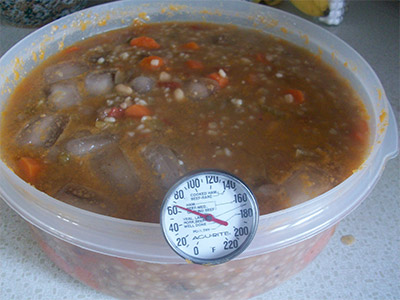
Cool Soup Safely Umn Extension
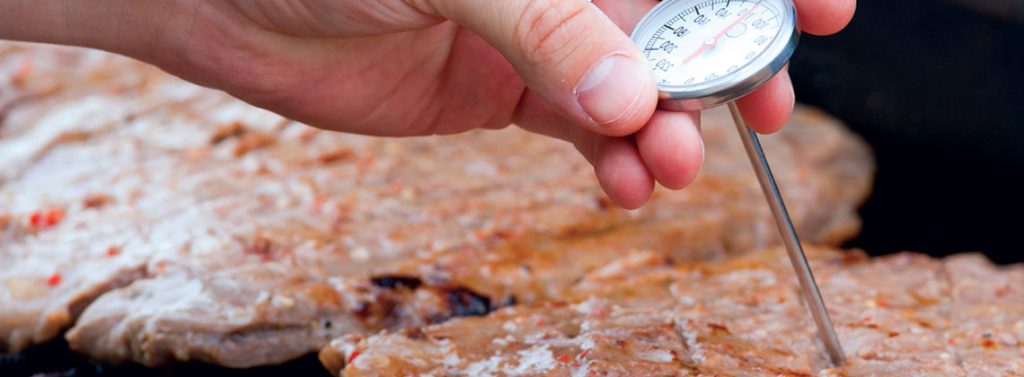
Food Temperature Guidelines For Food Safety Fhc Blog
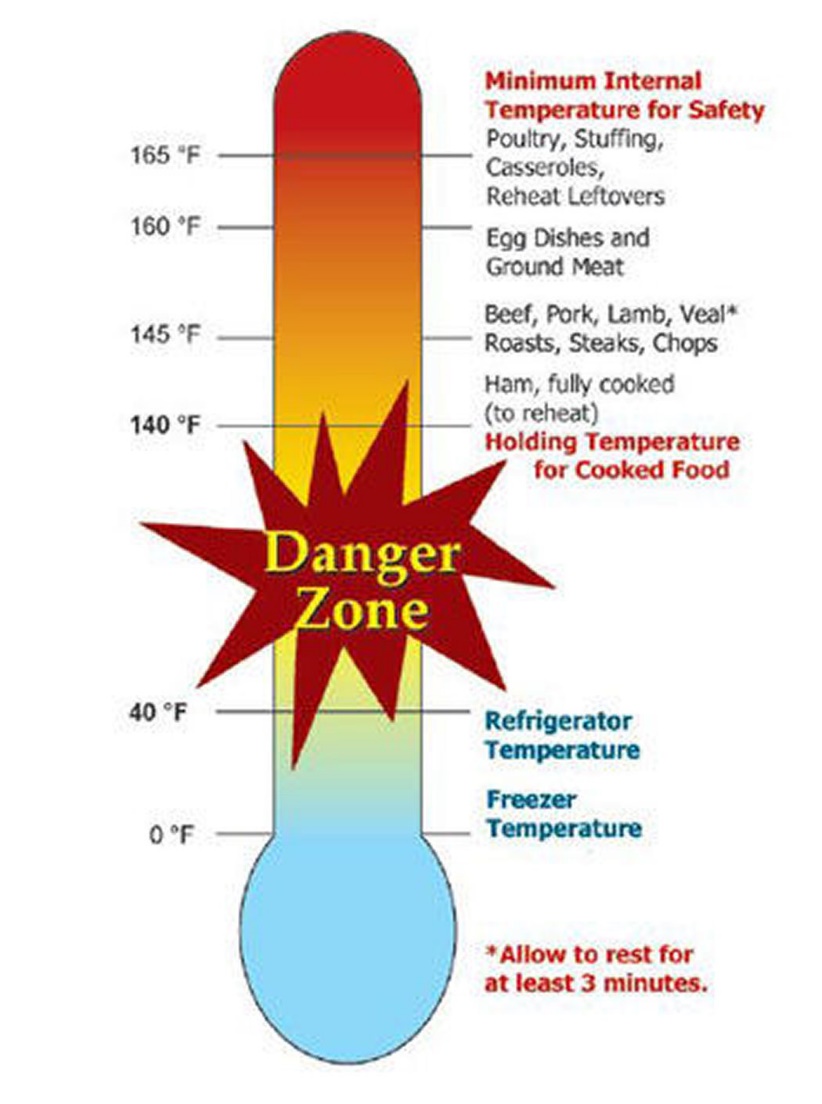
Effects Of Temperature On Food Home Garden Information Center
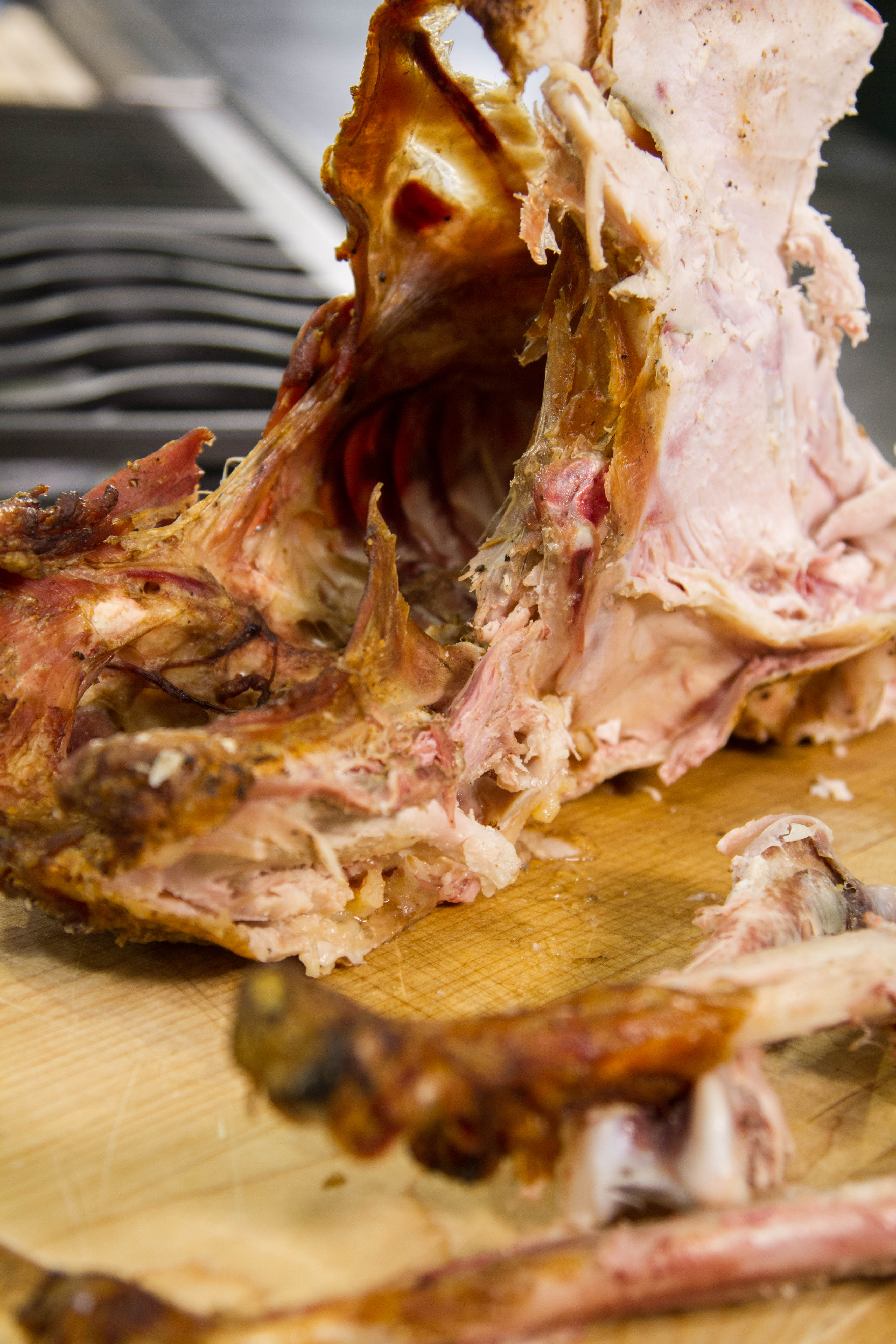
Through The Temperature Danger Zone On Cooling And Heating For Food Safety

Two Stage Cooling Process Poster

Stand Up Training Cooling Food Safely
Two Stage Cooling Process Poster

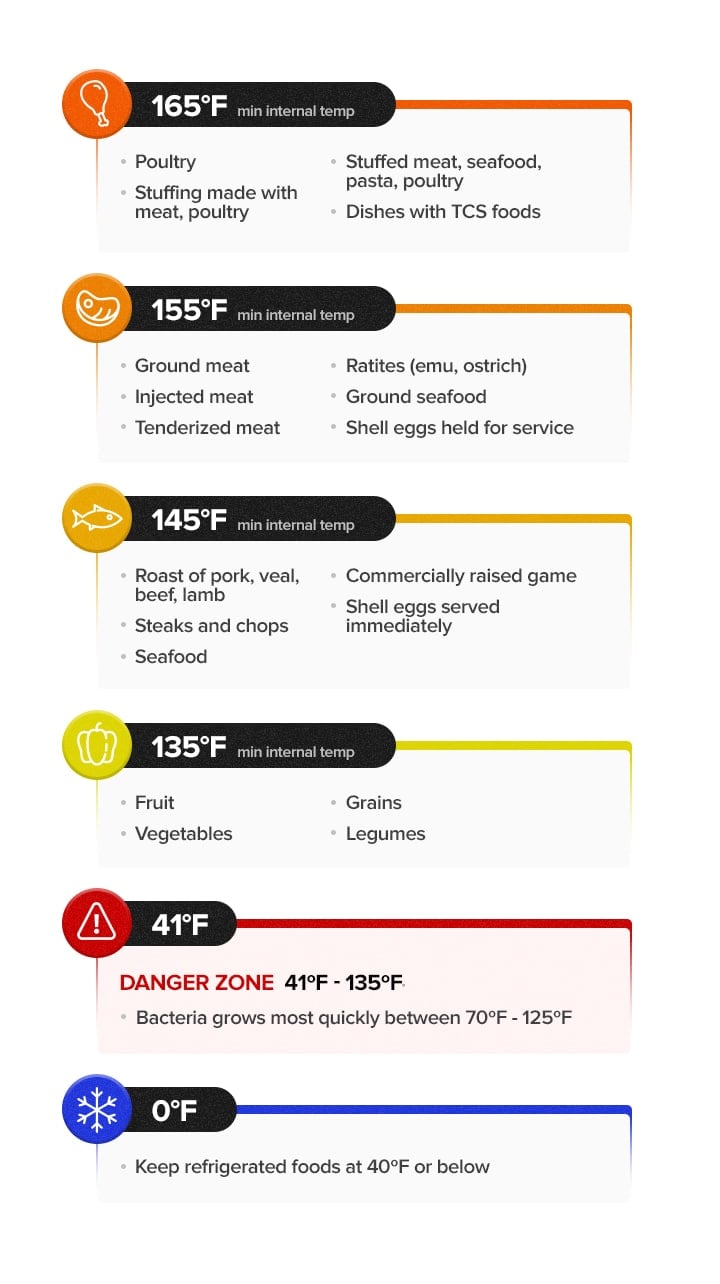
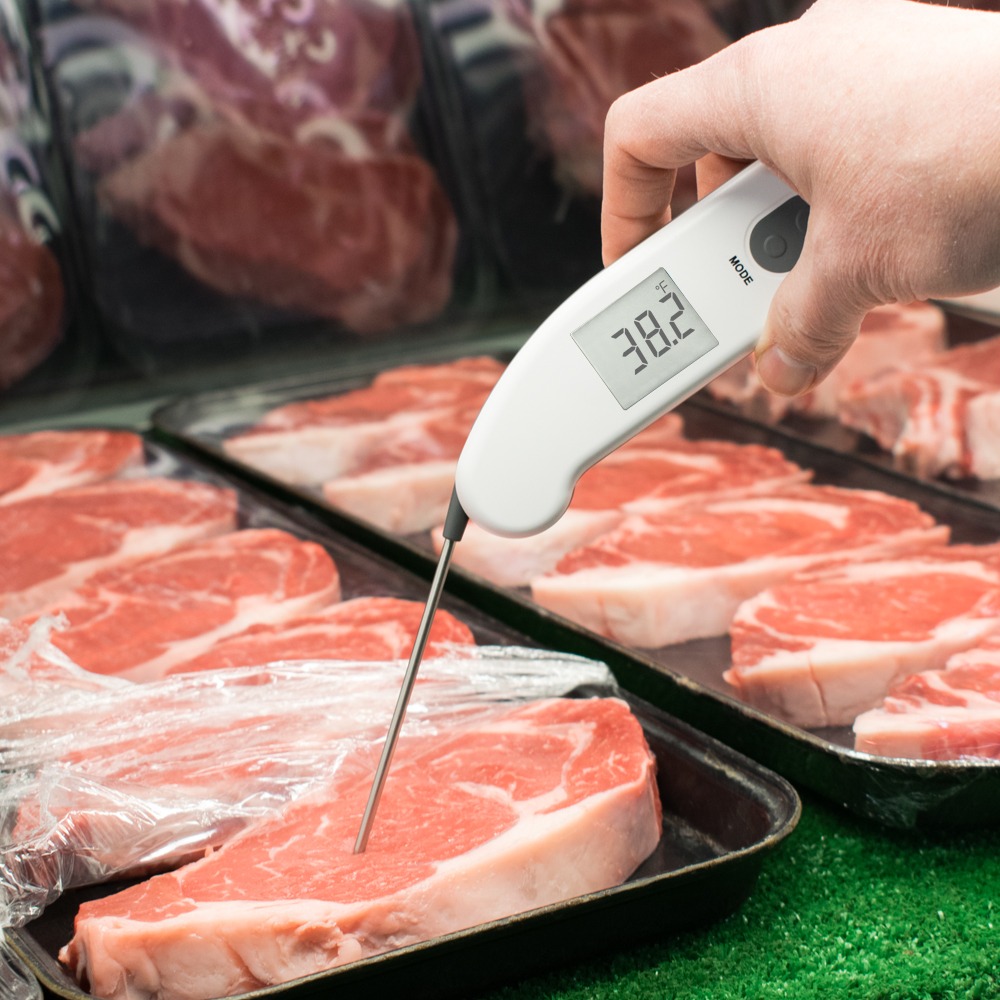
Comments
Post a Comment